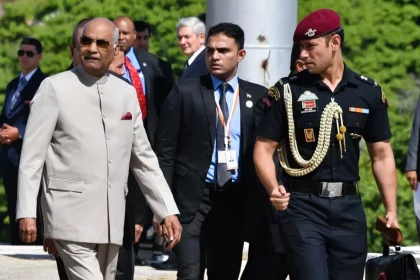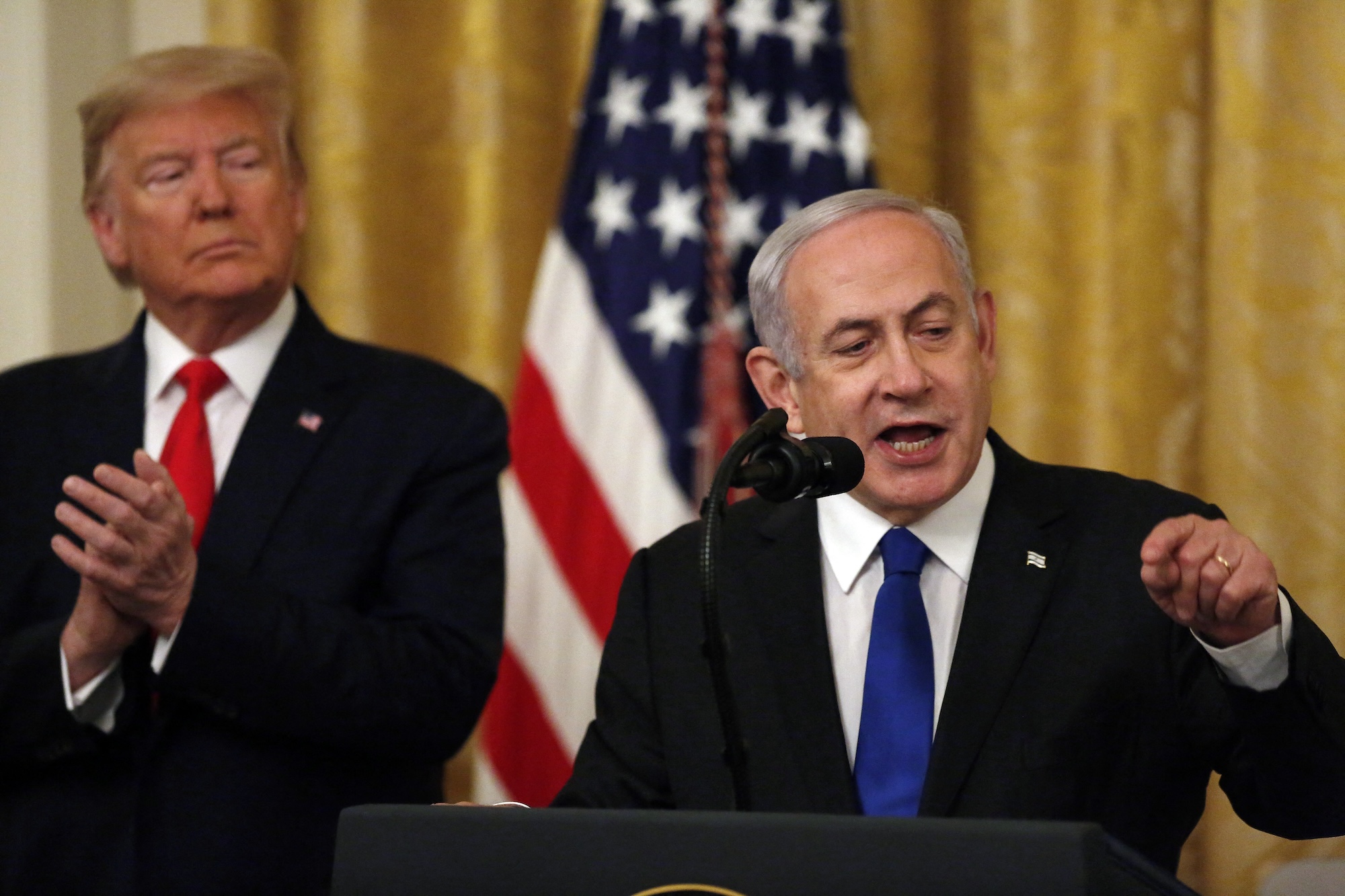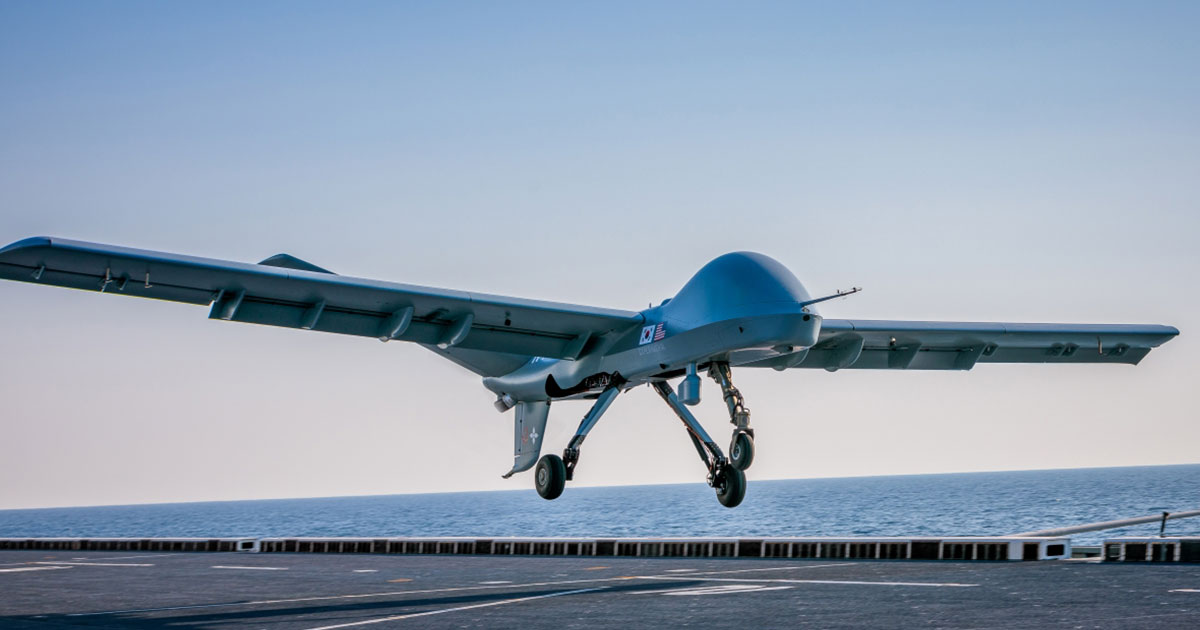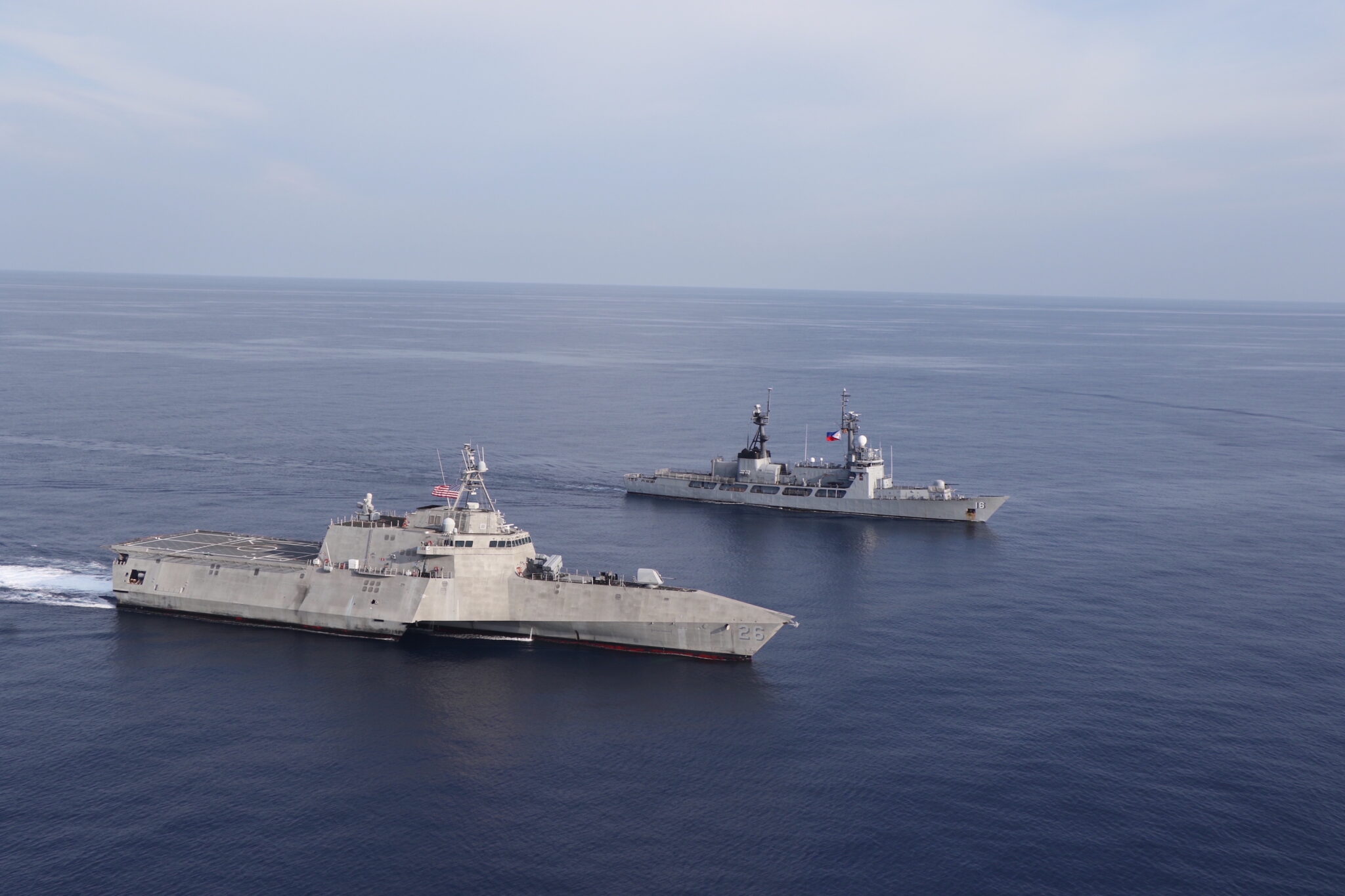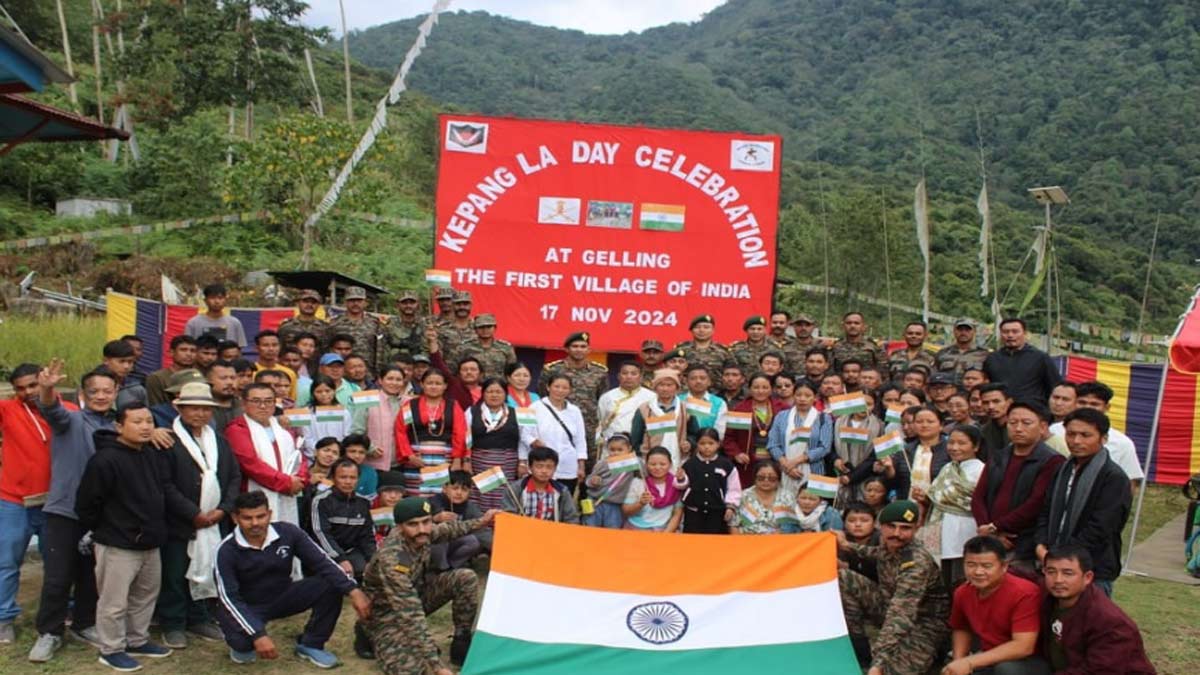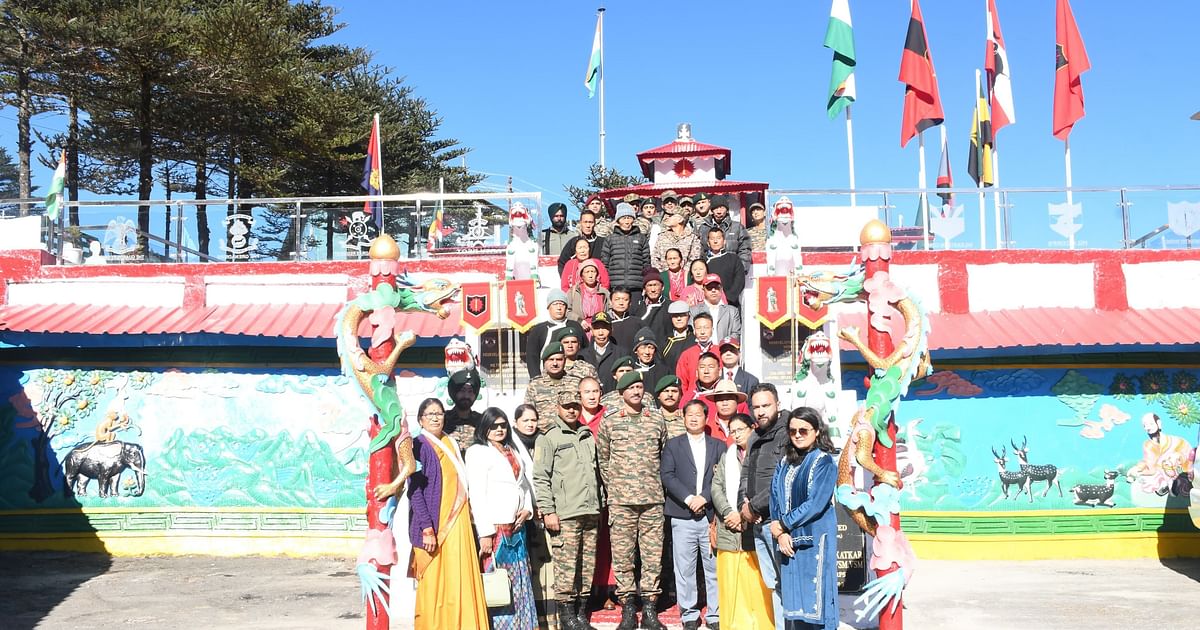How to Become ADC to President of India?
For those aspiring to serve as an ADC to the President of India, the path ahead may be arduous, but…
U.S. Urges Restraint in Israeli Response to Iranian Attacks, Echoing History of Limited War Strategies
The recent missile attacks from Iran against Israeli territory have elicited a cautious and restrained response from Israel, a response…
South Korea Successfully Launches Gray Eagle Drone from Amphibious Assault Ship
In a groundbreaking development for naval operations, a General Atomics Gray Eagle short takeoff and landing (STOL) drone has successfully…
US and Philippine Defense Chiefs Sign Agreement to Share Classified Military Information and Enhance Cooperation Against Chinese Influence
US and Philippine defense chiefs solidified their military partnership on Monday by signing a crucial agreement that facilitates the exchange…
Indian Army Celebrates Kepang La Day to Honor Martyrs of 1962 Indo-China War
The Spear Corps of the Indian Army commemorated Kepang La Day in Gelling, located in Arunachal Pradesh's Upper Siang district,…
Indian Army Commemorates Kepang La Day to Honour 1962 War Heroes
In a heartfelt observance, the Indian Army marked the commemorative day dedicated to the heroes of the 1962 Indo-Sino War,…

